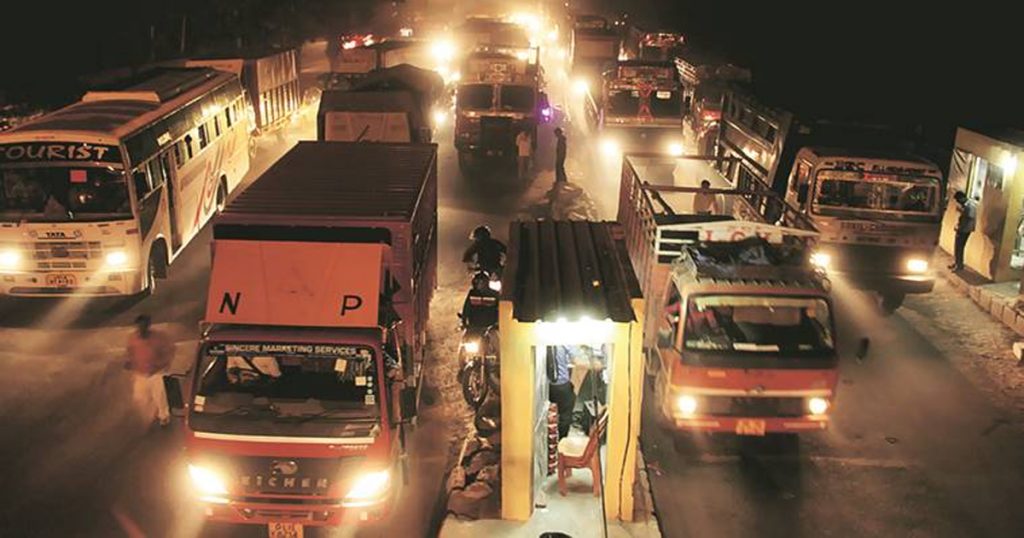
Post-GST and e-way Bill, it has been noticed that there has been increasing of 10 to 15 per cent of the distance of the trucks as compared to the pre-GST period. This increment is benefiting in reducing the cost of the logistics. Mahindra Logistics said this statement after noticing the decline in the demand for the quarter-ended March in both continuous and yearly.
Mahindra Logistics holds a firm worth INR 3,851 crore with customers such as fast-moving consumer goods, automobile, and customer durables firms.
Pirojshaw Sarkari, CEO, Mahindra Logistics said “Trucks moving 300-350 km a day in the pre-GST days are now moving 400-410 km. Faster turning wheels have led to a drop in the cost of logistics”.
Who got Affected Post GST?
The logistics firm, which is one among the other listed companies in the region, got affected due to which it has seen a decline in the passenger vehicle segment and the decline in FMCG as well as in the demand of the consumer durable in quarter-ended March.
Who did not Get Affected?
Mahindra Logistics is the one which did not get affected in the demand but there was an increase in the company because of the unorganised logistics sector which is on the verge of becoming organised. GST has flayed the firms as per their expectations.
Read Also: 5 Economic Disadvantages Before GST for Warehousing Sector
Sarkari said “The consumer-facing companies — FMCG, consumer-durables — which were staying away from third-party logistics and handled transportation and warehouse internally or through clearing and freight agents, have now started having large distribution centres. They are now outsourcing warehousing and last mile transportation to third-party logistics players”.
New Opportunities After GST
After the rollout of the GST, the companies are catching the foreign trend by landing into the sectors of ‘sub-assembly of the automobile parts’.
Recommended: GST Impact on Automobile & Spare Parts Industry in India
As per the Sarkari “Earlier, most of the automobile companies did the sub-assembly — which involved putting together two-three parts to form say, an engine — within the factory because the Excise Law did not permit sub-assembly outside of the factory. But now, with Excise gone and GST coming in, auto-makers have a choice to store their parts. Cost of manufacturing or sub-assembly is higher for a manufacturer than a for logistics player”.